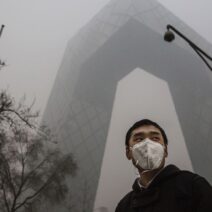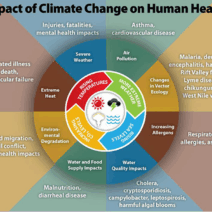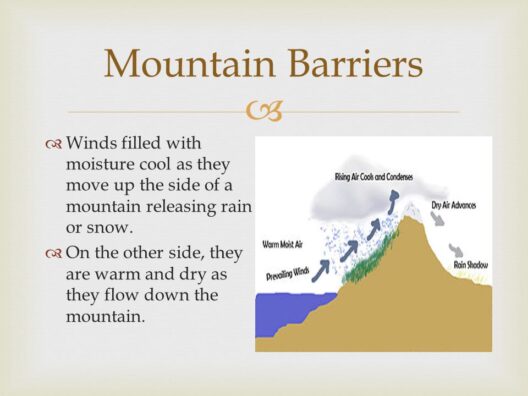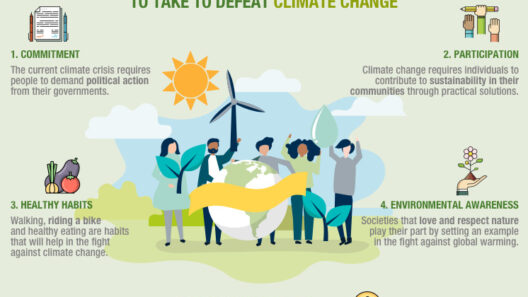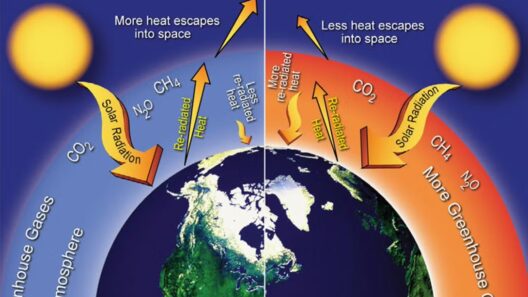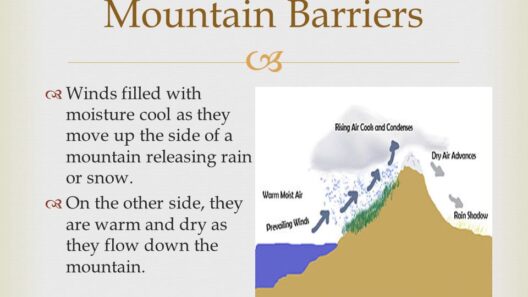The concept of the climate clock serves as a potent metaphor, embodying the urgent struggle against climate change. Each tick of this clock signifies not merely the passage of time, but a crucial reminder of our planet’s precarious state. The climate clock echoes a sobering reality—a countdown towards irreversible environmental consequences. It implores us to examine our trajectory and galvanizes efforts towards remediation. Is it, however, merely a warning, or does it serve as a clarion call for action?
Understanding the essence of the climate clock requires the acknowledgment of its origins. The climate clock is often visualized via striking installations that illustrate the remaining time before we breach critical temperature thresholds. This innovative approach to communicating urgency transforms abstract numbers into tangible realities. As humanity treads on a path laden with carbon emissions and ecological neglect, visual representations of this clock amplify the immediacy of the crisis.
While the format varies, the underlying message remains constant. The proverbial ticking hand draws attention to the mounting pressure on the Earth’s climate systems. Each tick resonates as a gentle nudge, urging individuals and governments alike to reevaluate their choices and actions. Furthermore, this metaphor extends beyond simple alarmism; it poses profound questions about how societies prioritize sustainability. Do we merely listen to the noise of the clock, or do we act upon its warnings with vigor and conviction?
The dire importance of the climate clock is reinforced by its ability to unify disparate voices across the globe. Such symbolism spurs collective action; it fosters a sense of shared responsibility among nations, corporations, and individuals. In this intricate web of interdependence, each entity must grapple with its complicity in perpetuating climate deterioration. The clock becomes a shared adversary, one that necessitates a harmonized approach to environmental stewardship.
Human society often finds itself at the nexus of innovation and inertia. Technologies exist that can mitigate environmental harm; renewable energy sources such as solar, wind, and hydro power pave the way towards a sustainable future. Nevertheless, these solutions require not only innovation but also the requisite political will and societal commitment to implement them widely. The climate clock acts as a foil against the inertia of fossil fuel dependency, beckoning humanity to awaken from its slumber of complacency.
The urgency articulated by the climate clock is matched by the harrowing consequences of inaction. With ecosystems under siege and weather patterns increasingly erratic, we are witnessing the tangible impacts of climate change. From intensifying hurricanes to prolonged droughts, natural disasters are no longer isolated events but a harbinger of systemic breakdown. Herein lies the dual nature of the climate clock: while it sends a piercing alarm, it also embodies a profound hope for concerted action. Every individual holds the power to be part of the solution—not merely passive bystanders waiting for change to happen.
A pivotal aspect of the climate clock narrative centers around the synthesis of science and art. Public installations of the climate clock often stray beyond mere numbers, employing artistic ingenuity to convey the gravity of climate degradation. These creative interventions, from mural displays to interactive digital projections, cultivate public discourse by inspiring curiosity and fostering engagement. When art intersects with science, it transforms a mere statistic into a visceral experience—a vivid reminder of our shared realities.
This metaphorical clock, ticking towards potential catastrophe, extends its implications into the socio-economic realm. Climate change is not an abstract issue; it exacerbates inequalities, disproportionately affecting marginalized communities who often bear the brunt of environmental degradation. Rising sea levels threaten coastal livelihoods, while historical injustices in land use further compound vulnerabilities. In discussions centered around the climate clock, we must also seek to address these disparities, ensuring that responses are equitable and just.
Moreover, the clock challenges entrenched perceptions of progress. Traditional metrics of growth often disregard ecological sustainability, fostering a mindset that prioritizes immediate economic benefits over long-term viability. As global leaders grapple with how to respond to the implications of the climate clock, they must pivot towards valuing environmental welfare as integral to economic success. This transformation requires a redefinition of what constitutes progress—one that harmonizes ecological health with societal advancement.
The ticking of the climate clock is an invitation to not merely react but to envision a future rooted in resilience and sustainability. Starting from grassroots movements to policy shifts at the international level, change emanates from collective contributions fueled by awareness and urgency. It invites dialogue and demands that elected officials act with the conviction that time is of the essence. Furthermore, educational initiatives aimed at fostering environmental literacy have never been more critical, equipping individuals—particularly the youth—with the knowledge and tools needed to effectuate change.
In summation, the climate clock is both a cacophonous warning and an intimate call to action. It highlights the folly of inaction while simultaneously inspiring hope, galvanizing efforts for a sustainable future that encompasses all of humanity. As the hands of the clock continue to tick, they whisper a truth we cannot afford to ignore: the power to alter our destiny lies within our grasp. Embracing the climate clock’s urgency allows us to forge an unwavering commitment to pivot towards a more sustainable path, fostered by resilience, responsibility, and collective action. The choice is ours—will we rise to the occasion and transform the ticking warning into a symphony of proactive solutions? The clock is ticking, and the time for change is now.

